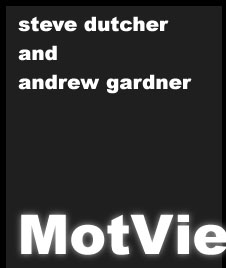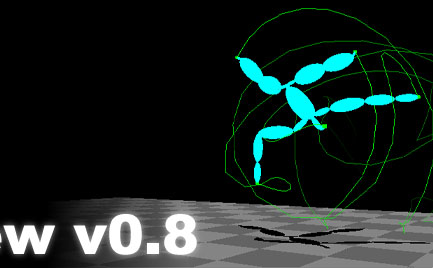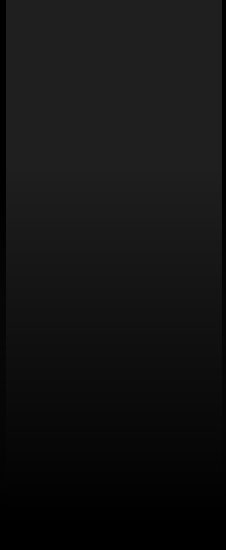 |
 |
|
 |
....MotView Features. ....MotView contains the following powerful features. ....1) Reads BioVision (bvh) motion data files. ....2) Reads Acclaim (asf/amc) motion data files.(*) ....3) Writes BioVision (bvh) motion data files. ....4) Exports Maya MEL script files. ....5) Exports Renderman RIB files.(*) ....6) Displays motion capture data in OpenGL interface. ....7) Internal forward kinematics computation. ....8) Internal quaternion representation. ....9) Interpolation of both types of angles. ....10) Advanced Graph Editor feature. ....11) Exportation of optical motion capture data. ....12) Uses FLTK and OpenGL programming libraries. ....1) The ability to load and view BioVision motion capture files is essential to the MotView program and it accomplishes the task nigh flawlessly. Every motion capture file tested (regardless of order of rotations) opens and displays properly - almost. A known implementation bug exists. If your BioVision motion capture data file contains multiple joints with the same name (if you have three joints named 'Chest' for example), MotView will not function properly. This will be fixed in the next version. ....2) Acclaim motion data files can be properly read from the disk, but cannot be properly displayed. Steve and I could not resolve our Acclaim rotation order woes before the scheduled release date. We have, however, left the option in the file menu to show the partial progress that was made and to make the menu look more impressive. ....3) With the ability to write BioVision motion capture files comes the option to convert between the Acclaim and BioVision data types. The conversion is done transparently to the user, offering no difficulties in the transition. The new bvh file contains all changes the user made to the data, and can be opened at a later date to continue editing the motion. ....4) The MEL export feature constructs a skeleton in maya with the proper joint rotations and orientations. This, in effect, creates a BioVision and (partial) Acclaim file-format importation tool for Maya! Since the skeleton is assembled according to default Maya construction techniques, any skin can be applied to the skeleton and animated with all the ease the Maya animation package offers! ....5) The RIB Renderman file export works in spirit, but unfortunately does not work in practice. All of the required data is written to a RIB file with (what I believe to be) proper orientations and scales, but I cannot construct a proper viewing frustum to effectively render the provided data. This is unfortunate, but will be remedied in the future. ....6) Advanced camera manipulation routines alongside an intuitive visualization of the motion data offer the user a robust and enjoyable environment to compare between motion interpolations and just about everything else. The details of this feature is more verbosely explored on the Using MotView page. ....7) Internal calculation of forward kinematics allows for visually pleasing motion traces. It also robustly creates the ability to export optical motion capture data - see feature 11 (though you cannot view the data in the OpenGL interface). ....8) Internal quaternion angle representation offers smooth (though sometime counterintuitive) rotations of all interpolated data. A definite plus when it comes to dramatic rotational changes. ....9) Different internal representations of angles would be worthless without the ability to utilize their advantages and disadvantages. Interpolating between different data points highlights the strengths and weakenesses of the given angle representations. The special animation graph editor allows the user to choose to interpolate anything from single rotation curves (for example only the X value on the hip joint) to the entire set of data at once. This is a feature not found in most animation packages of this type! ....10) The advanced motion graph editor is a force to be reckoned with in the MotView animation editing package. Whether you want to move a point or two to new rotational values or simply interpolate between a pair of frames, the graph editor allows the user to do it with ease. A greater feel for this powerful tool is available on the Using MotView page. ....11) Exporting optical motion capture data from a provided capture file (the capture file is documented on the Using MotView page) is a snap with MotView. ....12) As mentioned above, the use of the FLTK windowing toolkit alongside OpenGL offers multiple platform support for MotView. It is currently compiled on both the WindowsNT platform and the Linux platform. Since the source is available, other platforms should compile with little to no difficulties. As a side note, we also use SGI's Standard Toolkit Library for its advanced data structures. This can also be used and compiled on multiple platforms with the greatest of ease. ..........all content copyright 2000 - Andrew Gardner and Steven Dutcher. |
|